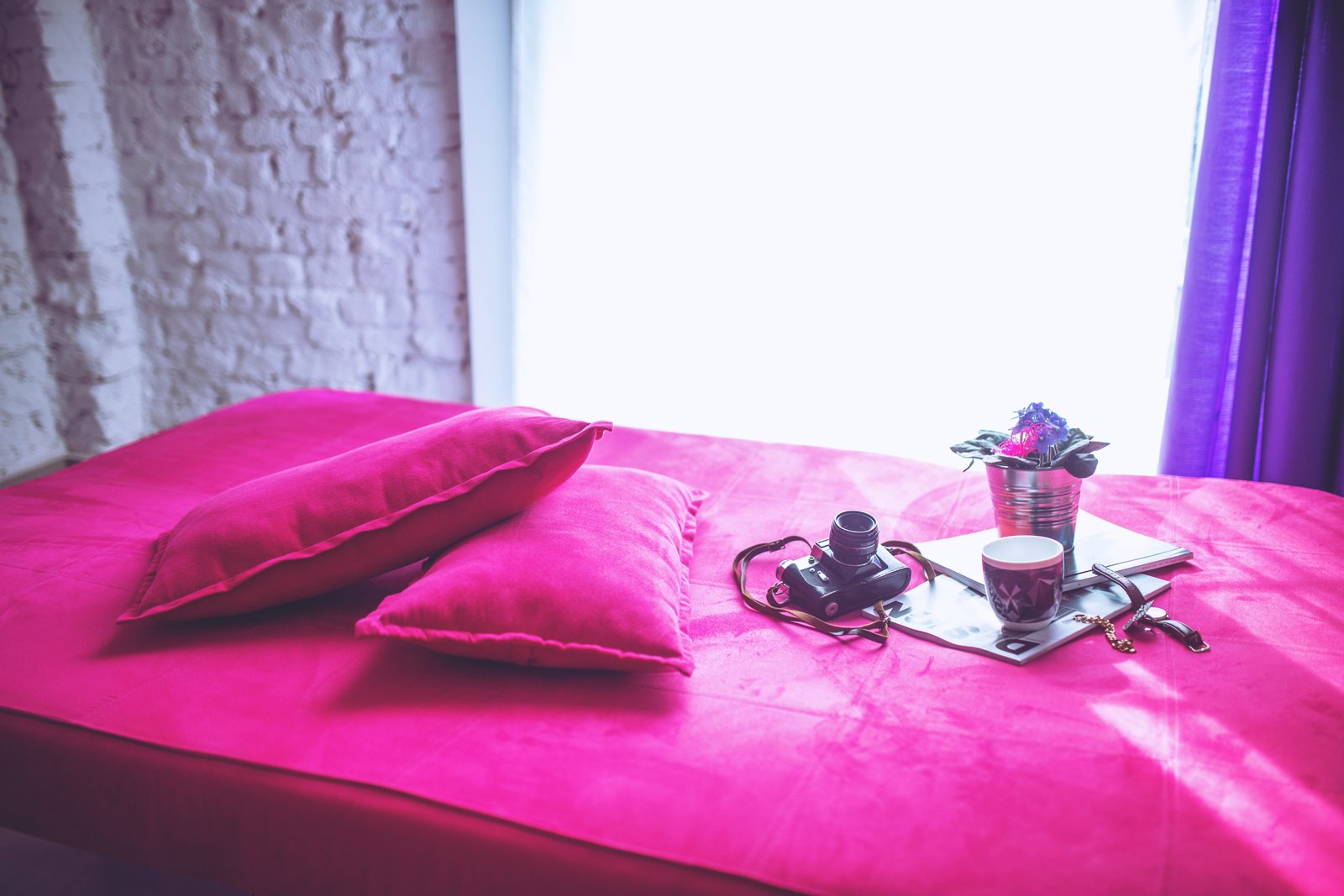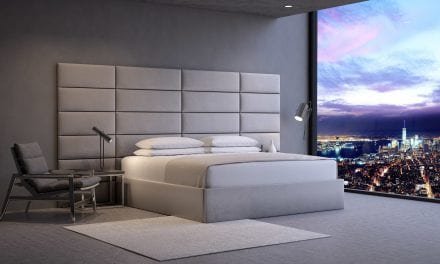Maximizing Your Space in a Micro Apartment
San Francisco recently approved zoning for “micro-apartments,” which will only be 220 square feet in size, following in line with recent urban trends. It would seem there is a big advantage to going small, given the growing interest in tiny homes and minimalism. Most people wonder if living in micro spaces is even feasible. The simple answer is yes – if you have the right approach.
Share this Image On Your Site
The Benefits of Living Small
Tiny homes and micro apartments are on the rise, especially in major city locales. Consider these statistics, and it’s not hard to see why:
- The average home price in urban areas is a whopping $500,000.
- The average American household spends 33% of their monthly income on housing
- Nearly half of Americans have to make a major sacrifice to pay for housing.
Small spaces, on the other hand, offer more affordability and flexibility. They save on utility costs and give people more options with their living arrangements.
Maximizing Space in a Micro Apartment
The key to living well in a small area is making the most of your space. Many small spaces are studio-style, which means you’ll have multi-purpose spaces. The average studio apartment is 500 square feet or less, which means you must maximize your use of space as much as possible. Here are some of our favorite studio-style space management tips:
- Add a loft. You may have left your loft bed back in college, but it’s time to bring this alma mater favorite back. Lofts are simple, effective tools for maximizing your space. Adding one over your sleeping area will leave room for a desk or storage underneath, where adding one in an unexpected area – for example, a reading nook over a kitchen – is just plain fun.
- If lofts aren’t your style, consider a convertible sofa or a sofa bed ottoman. These versatile pieces of furniture seamlessly take your space from day to night. Add a couple of storage ottomans to hold linens and provide rest for your feet.
- Have stairs? Turn them into storage space. This applies more to the “tiny home” trend but stairs make for pretty useful cupboards. If you don’t have permission to rehab your tiny rental property, create other storage options. For example, mount cube storage units to walls. This helps control clutter, while freeing up floor space. Consider screwing several units together, or even filling a whole wall.
- Add a barn door. Sliding doors help create barriers between spaces and can give you some privacy. As an added bonus, barn doors are in style, and cheaper than pocket doors.
Make Your Home Appear Larger
Controlling clutter is a large part of enjoying life in a small space, so having enough storage is essential. The second part of maximizing your space is making your home appear as large as possible. Here’s how to do it:
- Mirrors are your friend. Strategically placing mirrors throughout your home can make your space appear larger. An optical illusion can go a long way in making your home look roomier.
- Choose low profile furniture. Low sitting, minimalist furniture makes your ceilings appear higher, and your living space larger.
- Draw the eye upward. Finally, having visual interest near the ceiling can make your living space appear roomier. Try open storage cabinets in your kitchen or other areas around the house – as an added bonus, it will keep you honest about clutter and organization.
Finally, the key to happy small spaces living is being as organized as possible. Purge your home frequently, whether it’s clothes or old mail. If you can’t help the urge to pile, buy plenty of storage baskets to capture clutter. If you follow these tips, you’ll enjoy happy, roomy living – even in the smallest of spaces.
Sources:
http://inhabitat.com/infographic-how-to-make-the-most-of-a-tiny-micro-apartment/
http://www.bhg.com/decorating/small-spaces/strategies/creative-storage-ideas-for-small-spaces/
















